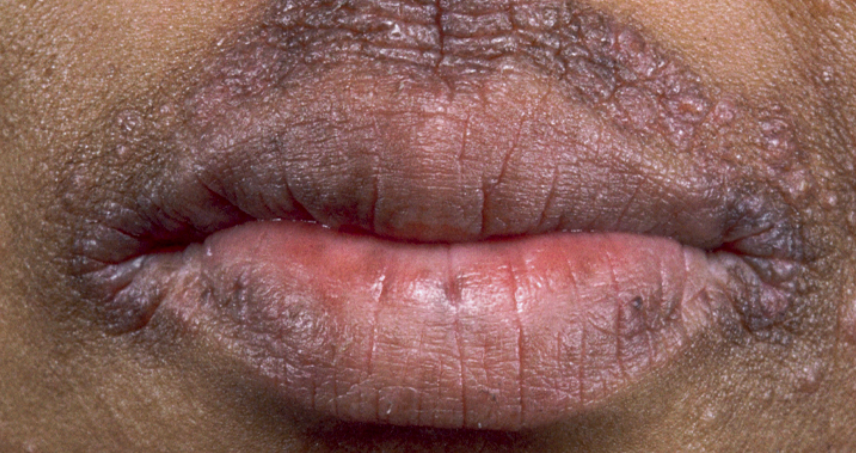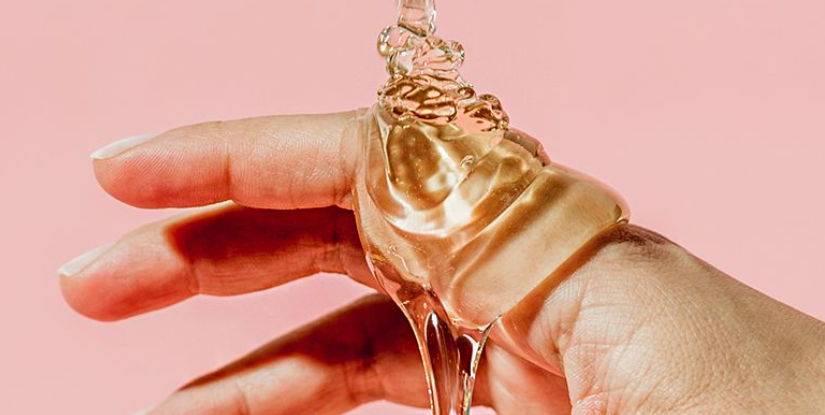
What to Do About Facial Atopic Dermatitis
Jul 14, 2022
Unfortunately, there is currently no treatment available for atopic dermatitis. The itching, however, can be alleviated by medicines, and self-care practices can help avoid further breakouts.
For instance, avoiding soaps that are too harsh, moisturizing your skin regularly, and applying medicated lotions or ointments might be helpful. This ailment can manifest itself in any portion of your body, including the interior of your elbows and the back of your knees, for example.
However, it most often manifests itself on the face. There is a possibility that some individuals could have discomfort on their cheeks or forehead, while others will develop a rash behind their eyes or behind their ears.
Please find out how to recognize the symptoms of atopic dermatitis on your face, the most prevalent triggers for this illness and the treatment options available.
Symptoms of Atopic Dermatitis

Eczema can cause darker brown, purple, or grey patches on skin with more pigment. The most typical symptoms of atopic dermatitis on the face involve itchiness, redness, a sensation of stinging or burning and patches of dry skin.
Remember that symptoms might vary significantly from one individual to the next. Others may further report a stinging or burning feeling in addition to the dryness and discolouration of their skin, which is a common side effect.
The cheeks and forehead are common locations for the initial manifestations of atopic dermatitis, after which the condition may expand to other areas of the face or body. The following are some examples of symptoms that can range from moderate to severe:
Acute Flares, severe or minor, can cause the skin to feel itchy, dry, and unpleasant.
Severe Flares Extreme rash in which the skin may break and bleed.
Sometimes, repetitive scratching can also cause skin thickening. In addition, there is a possibility of infection if your skin breaks.
Other Types of Dermatitis
You also run the risk of developing other kinds of dermatitis, such as the following:
Two types of dermatitis can cause dandruff: seborrheic dermatitis, which is one of the most prevalent causes, and contact dermatitis, which is a rash that appears when you come into touch with specific chemicals or poisons, such as plants like poison oak or allergies. Phyto photodermatitis is a kind of light sensitivity dermatitis brought on by exposure to sunshine.
Causes of Dermatitis
It is unknown for sure what causes atopic dermatitis; however, it is thought that an overactive immune system is to blame for the condition. An inflammatory reaction is triggered by the immune system, which causes the skin to be affected.
This will cause inflammation, dryness, itching, and a rash on the skin. Research published in 2019 found that a gene mutation is responsible for predisposing certain people to develop atopic dermatitis.
However, this is not the only issue to consider. Alterations in the local temperature or weather, air pollution, stress, pet dander, chemicals found in home cleaners, certain foods (peanuts, dairy, etc.), and face cosmetics are external variables that can cause facial eczema.
Remedies for Treating Atopic Dermatitis

Finding out what causes your symptoms might be a helpful first step in effectively managing them at home using home remedies. Help yourself figure out what causes your flare-ups by keeping a journal of the activities, feelings, and foods you ate in the days leading up to an episode.
Reducing the amount of stress in your life might also be beneficial. Getting adequate high-quality sleep, being aware of your limitations, and eating a nutritious, well-balanced diet are all effective ways to reduce stress. Additional methods to calm skin inflammation include the following:
1. Apply lotion or moisturizer to your skin daily, especially after you get out of the shower or bath.
2. To relieve the inflammation, apply a cold compress to the affected skin.
3. If your skin is itching and sensitive, try soaking in a warm oatmeal bath.
4. Applying oils to skin prone to eczema, such as sunflower seed oil, will assist in relief.
5. It is essential to refrain from scratching your skin because doing so can lead to tearing, bleeding, and skin infections.
6. Steer clear of skin products, cosmetics, detergents, and other goods that you regularly use, including scents or dyes.
It would help if you also attempted to minimize your time in the sun. However, remember that sunshine's effects on persons with eczema are not the same. After exposure to sun exposure, your skin may have shown signs of recovery, while others may have experienced more severe effects.





